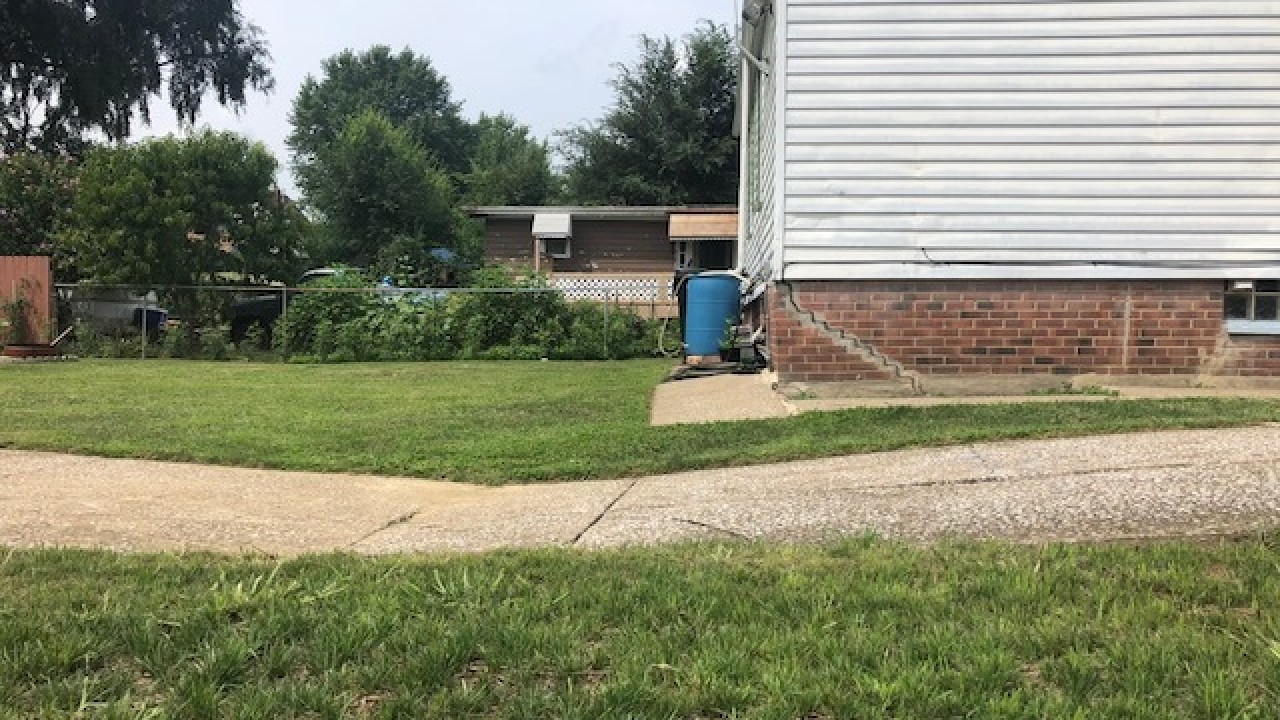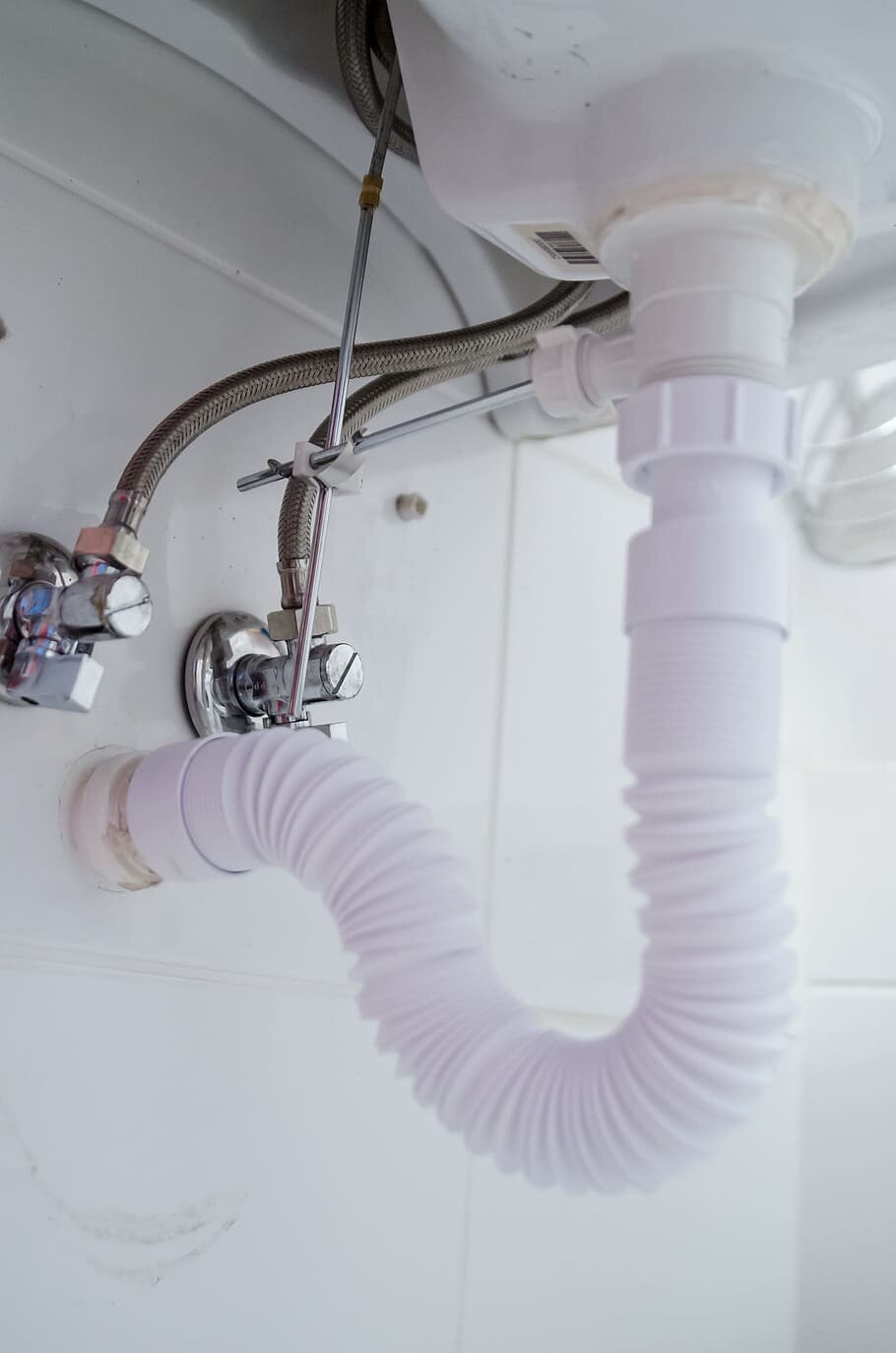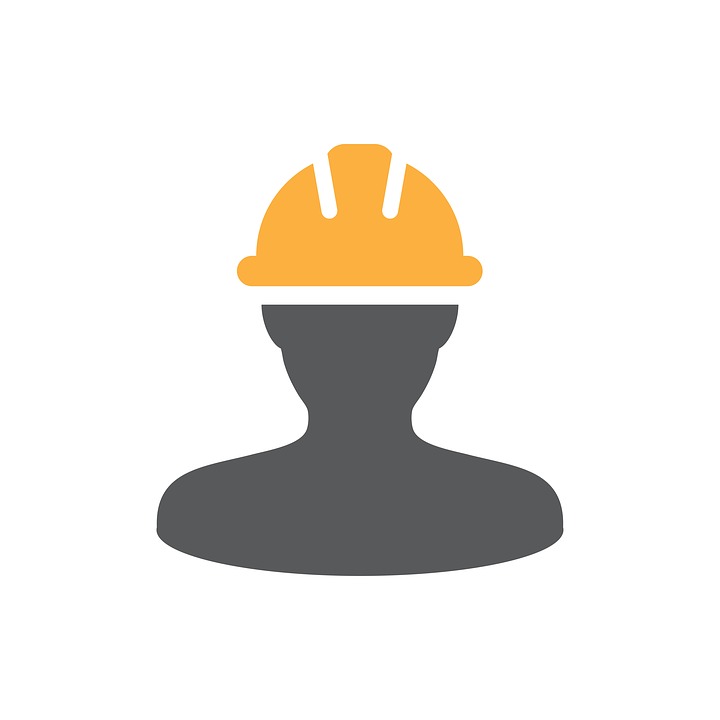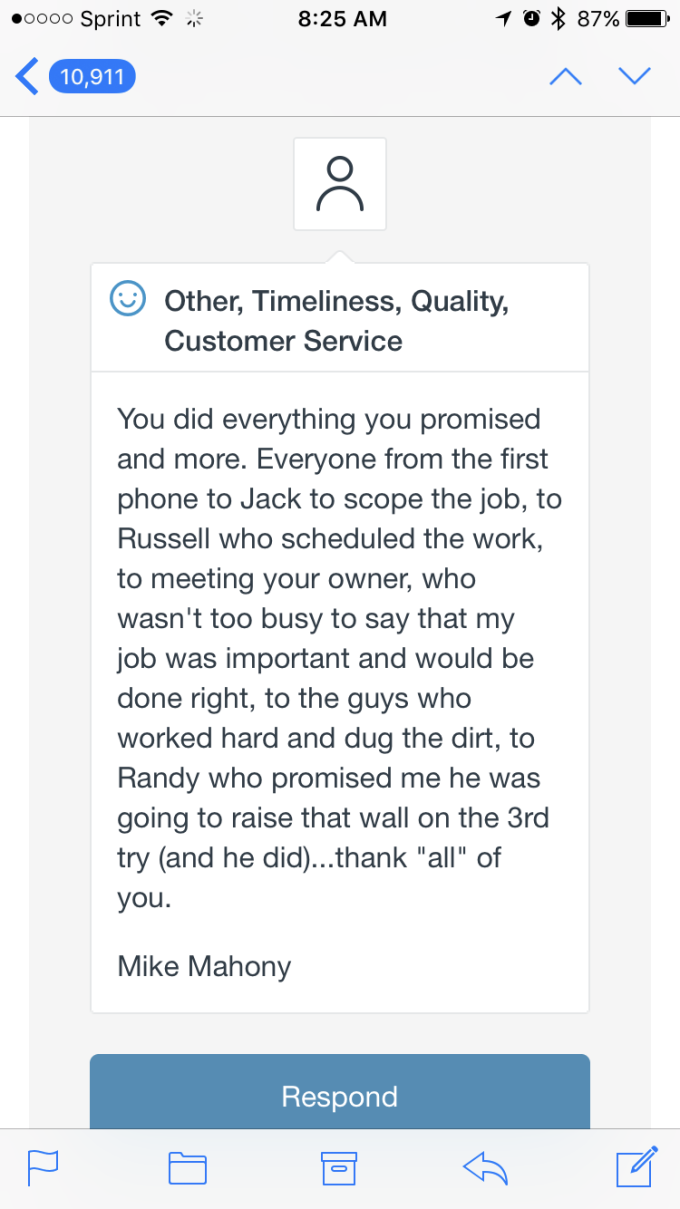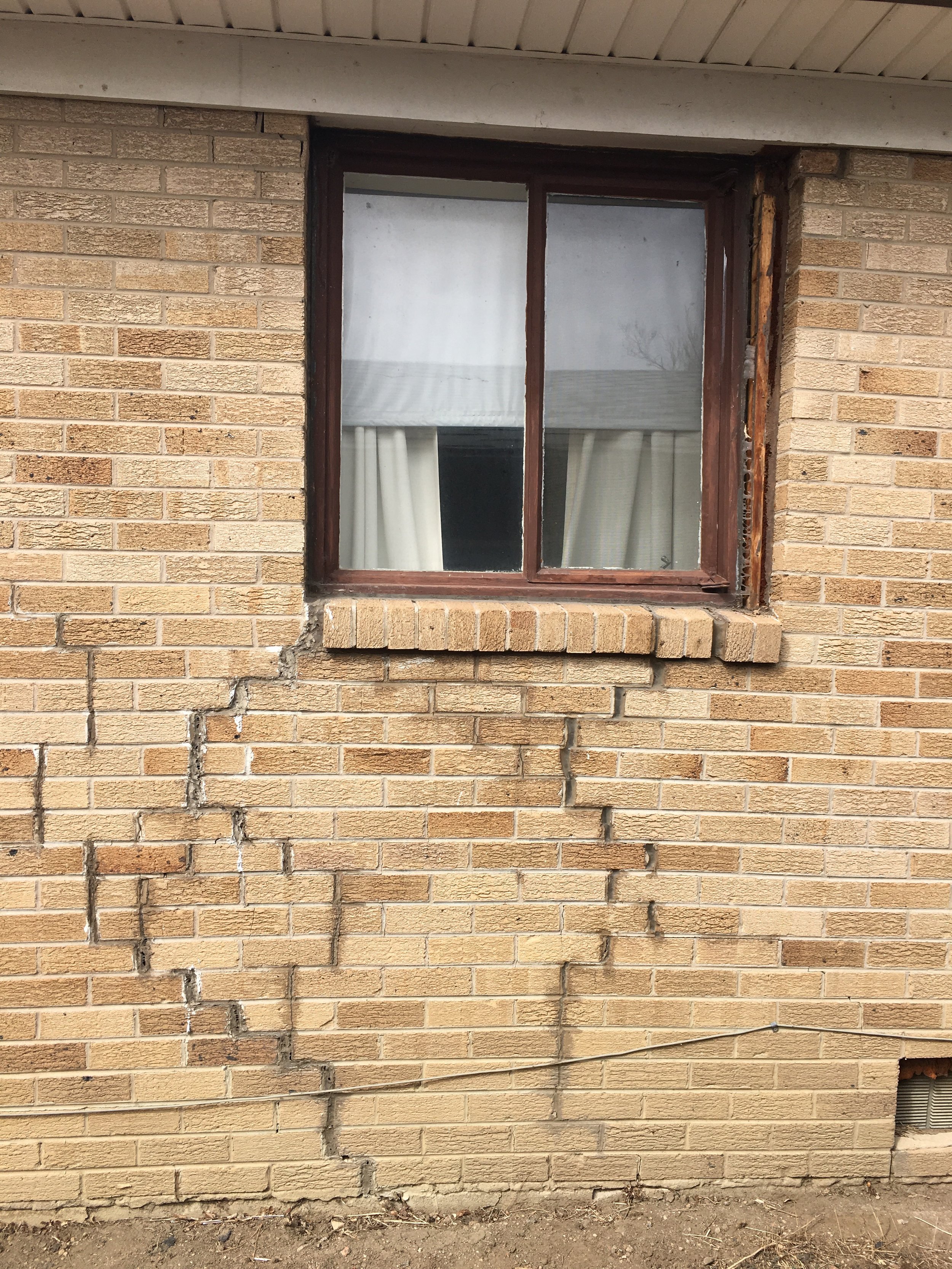Foundation Stabilization Techniques - Which is Best?
Foundation stabilization is crucial to ensuring the structural integrity of buildings, whether residential or commercial. When confronted with foundation issues stemming from soil movement, water infiltration, or construction deficiencies, property owners must evaluate a range of stabilization techniques. From traditional methods like concrete piering and steel piers to innovative solutions such as helical piers and polyurethane foam injection, each approach offers distinct benefits and considerations. Our guide provides a comprehensive overview of these techniques, examining their characteristics, advantages, and limitations. By understanding these methods, property owners can make informed decisions to effectively address their foundation repair needs, safeguarding the long-term stability and durability of their structures.
Common Foundation Stabilization Techniques
When it comes to stabilizing foundations, various techniques are employed depending on factors such as soil conditions, the extent of damage, and structural requirements. Let's explore some common foundation stabilization techniques:
Concrete Piering
Concrete piering, also known as underpinning, is a popular method used to stabilize and support foundations that have settled or shifted due to soil movement or other factors. This technique involves the installation of concrete piers beneath the foundation footings to transfer the structural load to deeper, more stable soil layers. Concrete piering is often preferred for its durability and long-term effectiveness in providing structural support to residential and commercial buildings.
Advantages:
Durability: Offers long-lasting stability for foundations.
Effectiveness: Successfully transfers structural loads to stable soil.
Versatility: Suitable for various foundation types and soil conditions.
Minimal Disruption: Involves minimal excavation and landscape disturbance.
Limitations:
Cost: Can be more expensive compared to other methods.
Time-Consuming: Installation process may take longer.
Potential Property Damage: May cause minor damage to nearby structures.
Typical Cost:
The cost of concrete piering typically ranges from $1,000 to $3,000 per pier, depending on factors such as the extent of the damage and the size of the structure.
Steel Piers
Steel piers, also referred to as push piers or resistance piers, are structural elements used to support and stabilize foundations that have experienced settlement or movement. These piers are typically made of high-strength steel and are driven into the ground beneath the foundation until they reach load-bearing strata. Steel piers are known for their exceptional load-bearing capacity and resistance to corrosion, making them a reliable choice for foundation repair projects.
Advantages:
High Load-Bearing Capacity: Provides robust support for foundations.
Corrosion Resistance: Resistant to rust and degradation, ensuring long-term stability.
Adjustable: Allows for precise adjustment to lift and level the foundation.
Minimal Excavation: Requires minimal disturbance to the surrounding landscape.
Limitations:
Cost: Installation costs can be higher compared to other methods.
Potential Noise and Vibration: May cause noise and vibration during installation.
Limited Depth: Depth of installation may be limited by soil conditions.
Requires Professional Installation: Installation should be carried out by trained professionals.
Typical Cost:
Installation costs for steel piers can vary widely but generally range from $1,000 to $3,000 per pier. Additional factors such as accessibility and soil conditions may also impact the total cost.
Helical Piers
Helical piers, also known as screw piles or helical anchors, are a versatile foundation repair solution commonly used to support structures on unstable soil or fill. These piers feature helical plates welded to steel shafts, which are twisted into the ground using hydraulic machinery. Helical piers derive their stability from the surrounding soil and are suitable for both new construction and foundation repair projects, offering a cost-effective and efficient solution for addressing settlement issues.
Advantages:
Versatility: Suitable for various soil conditions and foundation types.
Minimal Disturbance: Installation requires minimal excavation and disruption to the site.
Immediate Load Transfer: Can bear weight immediately after installation.
Adjustable: Allows for precise adjustment to lift and level the foundation.
Environmentally Friendly: Does not require extensive digging, minimizing environmental impact.
Limitations:
Depth Limitation: May be limited by the depth of competent load-bearing strata.
Potential for Obstructions: Obstructions underground may hinder installation.
Initial Cost: Upfront costs can be higher compared to some other methods.
Soil Condition Dependency: Effectiveness depends on the condition and stability of the surrounding soil.
Typical Cost:
Helical piers typically have an initial cost ranging from $1,500 to $3,000 per pier. However, the overall cost can vary based on factors such as soil conditions, depth of installation, and the number of piers required.
Slab Jacking
Slab jacking, also known as mud jacking or pressure grouting, is a technique used to lift and level concrete slabs that have settled or sunk due to soil compaction or erosion. This process involves injecting a mixture of cement, sand, and water (known as grout) beneath the sunken slab to raise it back to its original position. Slab jacking is commonly used for repairing sidewalks, driveways, and other concrete surfaces, offering a quick and cost-effective solution for addressing minor settlement issues.
Advantages:
Generally more affordable than full slab replacement.
Repairs can often be completed in a matter of hours, minimizing disruption.
Requires minimal disturbance to the surrounding area.
Suitable for a wide range of concrete surfaces.
Provides durable and stable support once the slab is lifted and leveled.
Limitations:
May not be suitable for severe settlement or structural issues.
Future settlement may occur depending on soil conditions.
The repaired area may not have a perfect appearance compared to a new slab.
The grout material used may contain chemicals that can impact the environment if not handled properly.
Proper equipment and expertise are necessary for accurate leveling and injection of grout.
Typical Cost:
Slab jacking is generally more affordable than full slab replacement, with costs ranging from $3 to $10 per square foot. However, the total cost depends on the size of the affected area and the extent of the settlement.
Polyurethane Foam Injection
Polyurethane foam injection, also known as foam jacking or foam underpinning, is a method used to lift and stabilize concrete slabs affected by settlement. This technique involves injecting expanding polyurethane foam beneath the sunken slab through small holes drilled in the concrete. As the foam expands, it fills voids and lifts the slab back to its original position. Polyurethane foam injection is commonly used for repairing sidewalks, driveways, and other concrete surfaces, offering a lightweight and minimally invasive solution for addressing settlement issues.
Advantages:
Lightweight material that exerts minimal pressure on the underlying soil.
Can be installed quickly with minimal disruption to the surrounding area.
Provides precise control over the lifting process for accurate leveling.
Water-resistant and environmentally friendly material.
Long-lasting results with minimal maintenance required.
Limitations:
May not be suitable for extremely heavy structures or high-load areas.
Effectiveness may be limited in cases of extensive settlement or structural damage.
Requires proper assessment of soil conditions to ensure optimal performance.
Professional installation is necessary to achieve desired results.
The injected foam material may expand unevenly, leading to potential surface irregularities.
Typical Cost:
The cost of polyurethane foam injection typically ranges from $5 to $25 per square foot. Factors such as the size of the area needing repair and the depth of injection can influence the total cost.
Carbon Fiber Reinforcement
Carbon fiber reinforcement, also known as carbon fiber straps or CFRP (carbon fiber reinforced polymer), is a technique used to strengthen and stabilize concrete structures affected by cracking or deformation. Carbon fiber straps are bonded to the surface of the concrete using epoxy adhesive, forming a strong and flexible reinforcement system. This method is commonly used for repairing walls, beams, and columns, offering a lightweight and non-intrusive solution for enhancing structural integrity.
Advantages:
High-strength material that provides excellent tensile strength.
Lightweight and low-profile solution that minimizes added weight to the structure.
Can be installed quickly with minimal disruption to the surrounding area.
Resistant to corrosion and environmental degradation.
Long-lasting results with minimal maintenance required.
Limitations:
May not be suitable for structural issues requiring significant load-bearing support.
Effectiveness may be limited in cases of extensive cracking or structural damage.
Requires proper surface preparation and installation techniques to ensure bond strength.
Professional expertise is necessary for accurate placement and alignment of carbon fiber straps.
The cost of materials and installation may be higher compared to some other methods.
Typical Cost:
The cost of carbon fiber reinforcement can vary depending on factors such as the size of the area to be reinforced and the complexity of the installation. On average, homeowners can expect to pay between $250 to $1,000 per strap for carbon fiber reinforcement.
Wall Anchors
Wall anchors, also known as helical tiebacks or earth anchors, are commonly used to stabilize bowing or leaning foundation walls. These anchors consist of a steel rod or cable that is driven into the soil or rock beyond the affected wall and connected to a plate or anchor installed within the wall. As the anchor is tightened, it pulls the wall back into position, providing lateral support and preventing further movement. Wall anchors are effective for addressing foundation wall bowing caused by expansive soil, hydrostatic pressure, or poor drainage.
Advantages:
Provides effective lateral support to stabilize bowing or leaning foundation walls.
Can be installed from the interior or exterior of the structure, minimizing disruption.
Adjustable tension allows for precise control over wall realignment and stabilization.
Long-term solution with minimal maintenance required once installed.
Suitable for various foundation wall materials, including concrete, block, and stone.
Limitations:
Requires access to the exterior of the foundation wall for installation.
Installation may involve excavation and disruption to landscaping or hardscaping.
Effectiveness may be limited in cases of severe structural damage or foundation settlement.
Soil conditions and obstructions underground may impact anchor installation and performance.
Professional engineering and installation are necessary to ensure proper design and placement.
Typical Cost:
The cost of wall anchors varies depending on factors such as the number of anchors needed and the severity of the wall bowing. On average, homeowners can expect to pay between $400 and $800 per anchor installed.
Wall Braces
Wall braces, also known as wall reinforcement systems or foundation wall repair kits, are used to stabilize and reinforce foundation walls that have experienced bowing or cracking. These braces typically consist of steel beams or channels installed vertically against the interior surface of the foundation wall and anchored to the floor and ceiling joists above and below. Wall braces help distribute structural loads evenly along the wall, preventing further movement and providing long-term stability.
Advantages:
Provides immediate lateral support to prevent further bowing or movement of foundation walls.
Adjustable design allows for precise positioning and tensioning to accommodate wall realignment.
Can be installed quickly with minimal disruption to the interior space of the structure.
Cost-effective solution compared to more invasive foundation wall repair methods.
Compatible with various foundation wall materials and configurations.
Limitations:
May not be suitable for extreme cases of foundation wall bowing or structural damage.
Installation requires access to the interior of the structure and may impact finished spaces.
Effectiveness may be limited by the condition of the foundation wall materials and anchoring points.
Professional installation and engineering are necessary to ensure proper design and placement.
Regular inspection and maintenance are recommended to monitor the condition of the wall braces and foundation walls over time.
Typical Cost:
The cost of wall braces can vary depending on factors such as the length of the wall to be reinforced and the number of braces required. On average, homeowners can expect to pay between $500 and $1,000 per brace installed.
Structural Beams
Structural beams, also known as steel I-beams or engineered wood beams, are often used to reinforce and support foundations that have experienced significant settlement or structural damage. These beams are strategically placed beneath the foundation to redistribute the structural load and provide additional support where needed. Structural beams are commonly employed in conjunction with other foundation stabilization techniques to enhance the overall stability and integrity of the structure.
Advantages:
High load-bearing capacity, capable of supporting heavy structural loads.
Versatile and adaptable, suitable for various foundation types and soil conditions.
Provides robust reinforcement to address severe settlement or structural issues.
Can be customized to meet specific engineering requirements and project needs.
Long-lasting solution with minimal maintenance required.
Limitations:
Requires professional engineering and installation to ensure proper design and placement.
Initial cost may be higher compared to some other foundation stabilization techniques.
Installation process may involve significant excavation and disruption to the surrounding area.
Proper maintenance and periodic inspections are necessary to ensure continued effectiveness.
May not be suitable for all foundation repair scenarios, depending on the extent of damage and structural requirements.
Typical Cost:
The cost of structural beams varies depending on factors such as the size and material of the beams and the complexity of the installation. On average, homeowners can expect to pay between $1,000 and $3,000 per beam installed.
So Which Foundation Stabilization Technique Is Best?
After examining various foundation stabilization techniques, each method offers distinct advantages and limitations based on factors such as durability, cost, installation complexity, and effectiveness in addressing specific foundation issues.
Concrete piering stands out for its long-lasting stability, effectiveness in transferring structural loads, and suitability for various foundation types and soil conditions. However, its higher cost and potentially time-consuming installation process may deter some homeowners.
Steel piers boast exceptional load-bearing capacity, corrosion resistance, and adjustability, making them a reliable choice for stabilizing foundations. Despite their effectiveness, the upfront installation costs and the need for professional installation may be deterrents for some.
Helical piers offer versatility, minimal disturbance during installation, and immediate load transfer capabilities, making them a cost-effective solution for addressing settlement issues. However, their effectiveness may be influenced by soil conditions and installation depth limitations.
Slab jacking provides a quick and affordable solution for minor settlement issues, with minimal disruption to the surrounding area. Yet, its limitations include the potential for future settlement and the aesthetic differences between the repaired area and a new slab.
Polyurethane foam injection offers precise control over the lifting process, lightweight material, and long-lasting results. However, it may not be suitable for heavy structures and requires professional installation for optimal performance.
Carbon fiber reinforcement provides excellent tensile strength and corrosion resistance, offering a durable solution for enhancing structural integrity. Yet, its effectiveness may be limited in cases of extensive cracking or structural damage.
Wall anchors and wall braces offer effective lateral support for stabilizing foundation walls, with adjustable tension and long-term stability. However, their installation may require access to the exterior or interior of the structure, and professional engineering is necessary to ensure proper design and placement.
Structural beams offer high load-bearing capacity and robust reinforcement for severe settlement or structural issues. However, they require professional engineering and installation, with potential excavation and higher initial costs.
Ultimately, the best foundation stabilization technique depends on the specific circumstances of each property, including the type and extent of damage, soil conditions, budget constraints, and long-term goals. Consulting with a qualified foundation contractor or structural engineer is crucial for evaluating these factors and determining the most suitable solution for ensuring the stability and integrity of the foundation.















